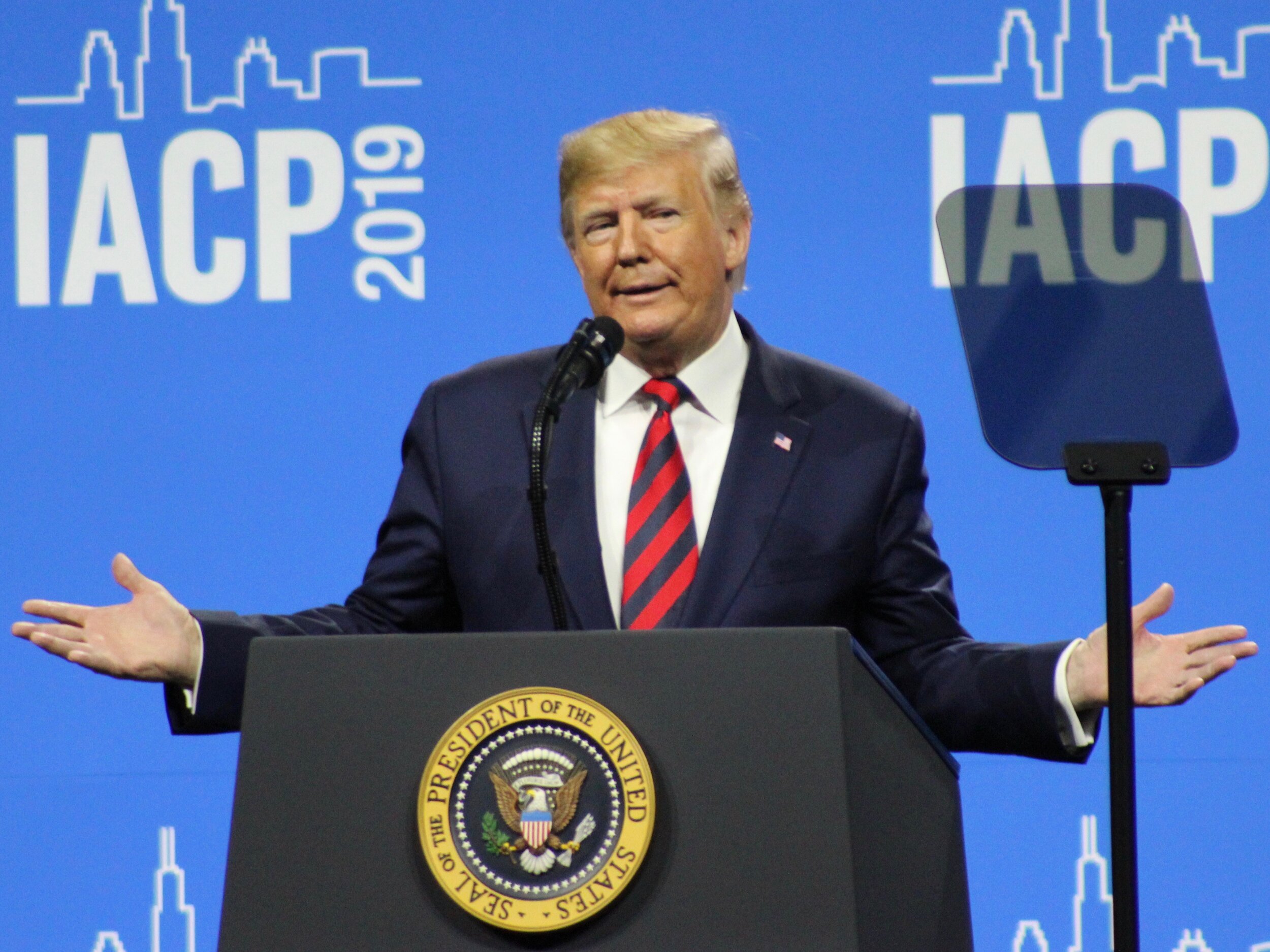State population drop persists
National population levels at 328 million as immigration falls to lowest figure in a decade under Trump
Former Gov. Rauner cuts the Illinois Capitol bicentennial cake a year ago with Eli’s Cheesecake President Marc Schulman. Illinois population dropped throughout Rauner’s term in office. (One Illinois/Ted Cox)
By Ted Cox
Illinois lost population for the sixth straight year and nationally population leveled off at 328 million as immigration fell under President Trump to the lowest level in a decade, according to data released this week by the U.S. Census Bureau.
The annual U.S. population estimates released Monday found that as of last July the U.S. population “was 328,239,523 in 2019, growing by 0.5 percent between 2018 and 2019, or 1,552,022 people,” according to a U.S. Census Bureau news release.
Although the latest census data find that Illinois is losing fewer residents to other states year to year than before, it is not making up the difference in migration to the state or by births or by adding immigrants — trends reflected across the nation.
The Census Bureau reported that just 595,000 international citizens came to America last year — the lowest level of the 2010s. The United States attracted more than 1 million new international residents in both 2015 and 2016 under President Obama, but that figure has fallen every year under Trump. The 595,000 new immigrants last year was a drop from 702,000 the year before, and fell below the 698,000 new U.S. residents registered in 2010.
The number of new U.S. immigrants dropped last year under President Trump to the lowest level of the 2010s. (One Illinois/Ted Cox)
At the same time, the so-called natural increase in population — in which births outnumber deaths — fell to the lowest level in 40 years. “So far this decade, natural increase has been the largest source of population growth for the nation,” the Census Bureau stated in another news release. “In 2019, natural increase dropped to 957,000, marking the first time in at least four decades that it slipped below a million, continuing the trend toward fewer births and more deaths.”
“While natural increase is the biggest contributor to the U.S. population increase, it has been slowing over the last five years,” said Sandra Johnson, a demographer and statistician in the Population Division of the Census Bureau. “Natural increase, or when the number of births is greater than the number of deaths, dropped below 1 million in 2019 for the first time in decades.”
Illinois remained in sixth place nationally among the states with 12.7 million residents, down 51,250 from last year’s estimates and down 159,700 from the last formal U.S. Census in 2010 — 1.2 percent of the state’s population. The state remained ahead of Ohio in seventh place, but Ohio closed to within 1 million. The population drop also continued to accelerate, as last year the state registered a 45,000 decline.
New York State lost more actual residents than Illinois this year, 77,000, and West Virginia lost a larger share of its population, 0.7 percent compared to the 0.4 percent drop registered in Illinois and New York.
The Chicago Tribune cited the latest Census data showing that Illinois continues to lag behind other states in attracting new residents from elsewhere in the nation, ranking 46th. But it actually improved substantially in the number of residents moving out of Illinois to other states, ranking 32nd.
The bureau will release more detailed information on states and counties later this year as it also prepares to conduct the formal headcount of the 2020 U.S. Census.
Illinois and Chicago have both been hurt by the dwindling immigration figures. “China replaced Mexico to become the largest (source) of foreign-born immigrants to the United States as of 2018,” the bureau stated in another release. “At the beginning of the decade, Mexico was the largest, but immigration from Mexico has dropped significantly since the recession at the end of the last decade.
“Since 2010, immigration from China and India has either approached or surpassed Mexican immigration levels,” the release added, “while immigration from Canada has remained relatively unchanged.”
It should be pointed out that Illinois’s six-year skid on population loss spanned all four years of former Gov. Bruce Rauner’s term in office, while less that six months of the latest estimates included the term of new Gov. J.B. Pritzker. Pritzker is hoping to stem that tide with an overhaul of the state’s funding and taxation system — which will go before voters in November — and the legalization of marijuana that took effect New Year’s Day can’t hurt either when it comes to luring new residents to Illinois.


